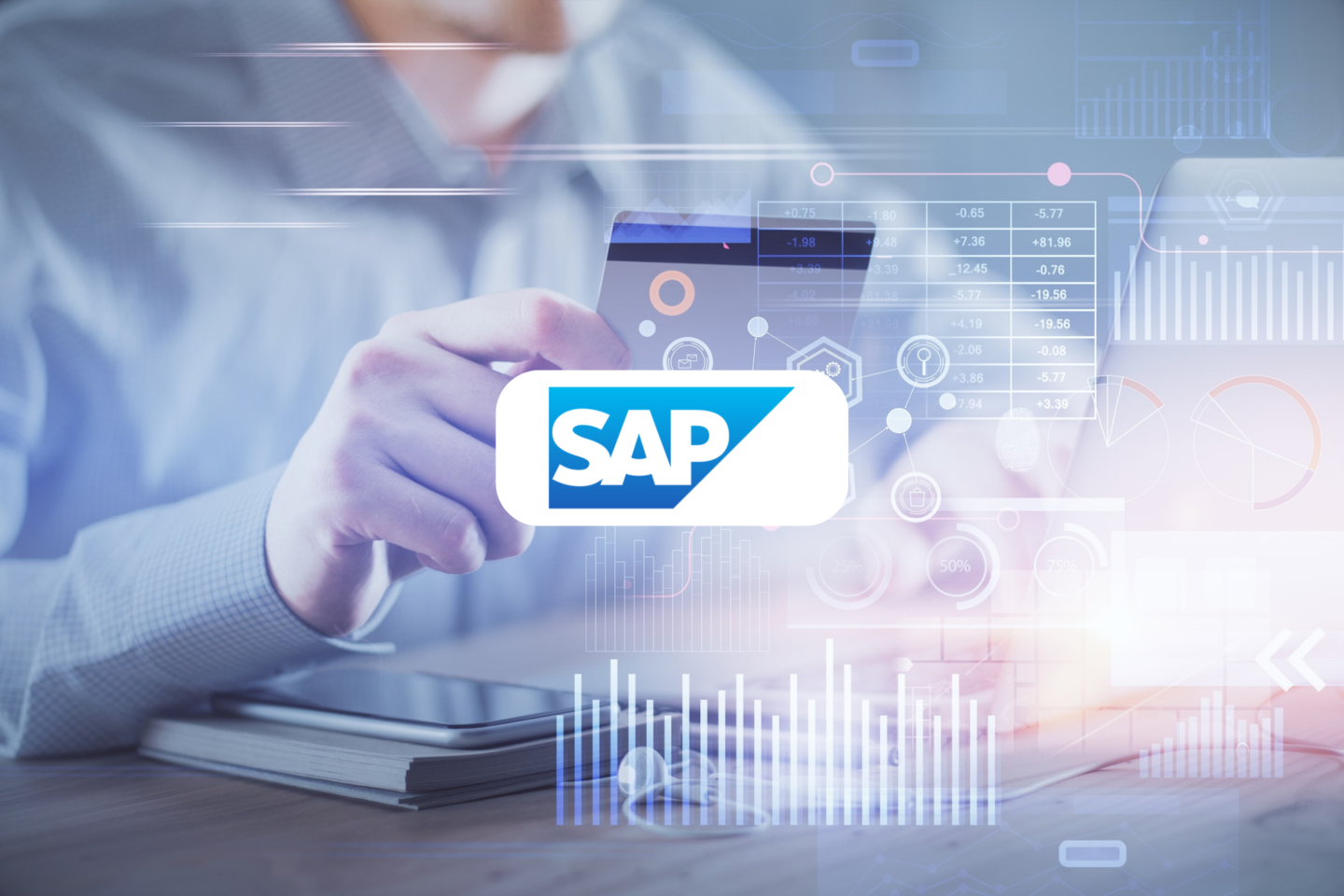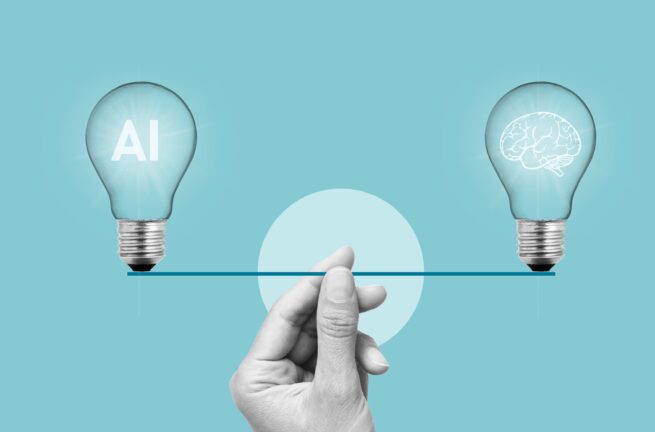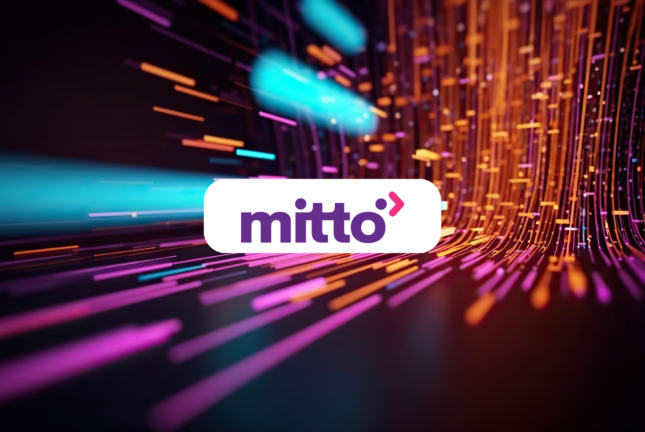SAP has introduced an open payment framework designed to assist retailers in adapting to evolving customer expectations. This innovative solution streamlines agility for retailers amid the rising popularity of new payment options, including the "buy now, pay later" trend. The framework seamlessly integrates SAP Commerce Cloud with various third-party payment service providers (PSPs) such as Stripe, Adyen, WorldPay, and Airwallex, catering to specific use cases.
“SAP’s unmatched industry expertise is the foundation of our strategy, as it enables us to deeply understand the complexities of delivering seamless and positive customer experiences that reinforce the brand promise with every interaction. SAP’s unique, industry-led approach to composability places the retailer's digital commerce needs front and center while we work with them to manage their digital transformation, navigate pathways to sustainable growth, and deliver on industry expectations,” said Sven Denecken, Senior Vice President and Global Head of Product Marketing for SAP Industries & CX.
At the beginning of the year, SAP and IBM joined forces to pioneer innovative solutions targeting the consumer packaged goods (CPG) and retail industries.

Selecting payment partners based on their needs
The company's composable architecture allows retailers to selectively choose payment partners based on their unique requirements and international markets. This flexibility enables retailers to construct their payment infrastructure at their own pace, fostering business scalability and preventing dependency on a single provider.
SAP Commerce Cloud's native integration capabilities ensure rapid adoption of PSPs while reducing complexity through the elimination of the need for extensive integrations and codebase deployments. The framework is extensible and headless, promoting the decoupling of front-end and back-end operations, allowing for independent functionality. This approach provides the flexibility to accommodate various channel requirements and integrate new solutions, enhancing the overall checkout experience for customers.
As an example use case, a jewelry retailer looking to expand payment options by offering a buy-now, pay-later option can effortlessly integrate this new offering with a few clicks, meeting security requirements promptly and delivering a seamless end-to-end payment experience for customers.
SAP Commerce Cloud, with its open payment framework, is currently in beta, and SAP customers can participate. It is anticipated to be generally available in the second half of 2024.
Elsewhere, SAP has introduced enhanced generative AI features within its SAP Customer Experience lineup, to enable businesses to automate time-consuming tasks and swiftly analyze data from various parts of the organization.









